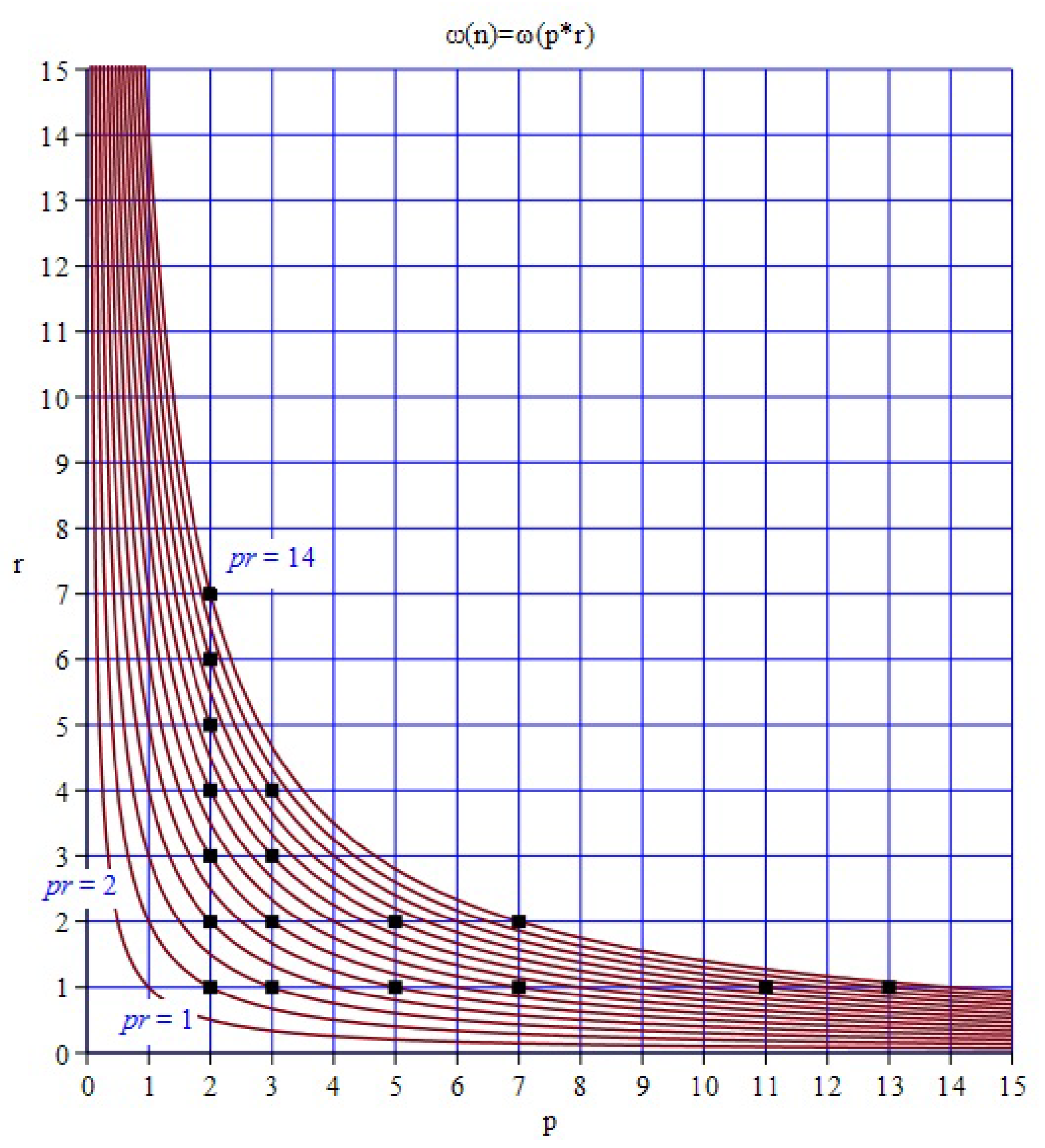New Proof That the Sum of the Reciprocals of Primes Diverges
Abstract
1. Introduction
2. A New Proof
Author Contributions
Funding
Conflicts of Interest
References
- Meštrović, R. Euclid’s theorem on the infinitude of primes: A historical survey of its proofs (300 B.C.–2017) and another new proof. arXiv 2018, arXiv:1202.3670. [Google Scholar]
- Euler, L. Variae observationes circa series infinitas. Comment. Acad. Sci. Petropol. 1737, 9, 160–188. [Google Scholar]
- Gauss, J.K.F. Werke 10.1; Teubner: Leipzig, Germany, 1917. [Google Scholar]
- Chebyshev, P.L. Sur la fonction qui détermine la totalité des nombres premiers inférieurs à une limite donnée. Mém. Savants Étrang. L’Acad. Sci. St. Pétersbourg 1848, 6, 1–19. [Google Scholar]
- Chebyshev, P.L. Mémoire sur les nombres premiers. Mém. Savants Étrang. L’Acad. Sci. St. Pétersbourg 1850, 7, 17–33. [Google Scholar]
- Mertens, F. Ein Beitrag zur analytischen Zahlentheorie. J. Reine Angew. Math. 1874, 78, 42–62. [Google Scholar]
- Axler, C. New estimates for some functions defined over primes. arXiv 2017, arXiv:1703.08032v2. [Google Scholar]
- Pollack, P. Euler and the partial sums of the prime harmonic series. Elem. Math. 2015, 70, 13–20. [Google Scholar] [CrossRef] [PubMed]
- Erdős, P. Über die Reihe ∑1/p. Math. Zutphen 1938, 7, 1–2. [Google Scholar]
- Seki, S. Valuations, arithmetic progressions, and prime numbers. Notes Number Theory Discret. Math. 2018, 24, 128–132. [Google Scholar] [CrossRef]
- Roth, K.F. On certain sets of integers. J. Lond. Math. Soc. 1953, 28, 104–109. [Google Scholar] [CrossRef]
- Dusart, P. The kth prime is greater than k(logk + loglogk − 1) for k ≥ 2. Math. Comput. 1999, 68, 411–415. [Google Scholar] [CrossRef]
- Hardy, G.H.; Rāmānujan, S.A. The normal number of prime factors of a number n. Q. J. Math. 1917, 48, 76–92. [Google Scholar]
- Hadamard, J. Étude sur les proprietés des fonctions entiéres et en particulier dune fonction considérée par Riemann. J. Math. Pures Appl. 1893, 4, 171–215. [Google Scholar]
- Hadamard, J. Sur la distribution des zéros de la fonction ζ(s) et ses conséquences arithmétiques. Bull. Soc. Math. Fr. 1896, 24, 199–220. [Google Scholar] [CrossRef]
- De La Vallée Poussin, C.J. Recherches analytiques sur la théorie des nombres premiers. Ann. Soc. Sci. Brux. 1896, 20, 183–256. [Google Scholar]
- Erdős, P. On a new method in elementary number theory which leads to an elementary proof of the prime number theorem. Proc. Natl. Acad. Sci. USA 1949, 35, 374–384. [Google Scholar] [CrossRef] [PubMed]
- Selberg, A. An elementary proof of the prime-number theorem. Ann. Math. 1949, 2, 305–313. [Google Scholar] [CrossRef]
- Levinson, N. A motivated account of an elementary proof of the prime number theorem. Am. Math. Mon. 1969, 76, 225–245. [Google Scholar] [CrossRef]
- Newman, D.J. A Simple Analytic Proof of the Prime Number Theorem. Am. Math. Mon. 1980, 87, 693–697. [Google Scholar] [CrossRef]
- Zagier, D. Newman’s short proof of the Prime Number Theorem. Am. Math. Mon. 1997, 104, 705–708. [Google Scholar] [CrossRef]

© 2020 by the authors. Licensee MDPI, Basel, Switzerland. This article is an open access article distributed under the terms and conditions of the Creative Commons Attribution (CC BY) license (http://creativecommons.org/licenses/by/4.0/).
Share and Cite
Jara-Vera, V.; Sánchez-Ávila, C. New Proof That the Sum of the Reciprocals of Primes Diverges. Mathematics 2020, 8, 1414. https://doi.org/10.3390/math8091414
Jara-Vera V, Sánchez-Ávila C. New Proof That the Sum of the Reciprocals of Primes Diverges. Mathematics. 2020; 8(9):1414. https://doi.org/10.3390/math8091414
Chicago/Turabian StyleJara-Vera, Vicente, and Carmen Sánchez-Ávila. 2020. "New Proof That the Sum of the Reciprocals of Primes Diverges" Mathematics 8, no. 9: 1414. https://doi.org/10.3390/math8091414
APA StyleJara-Vera, V., & Sánchez-Ávila, C. (2020). New Proof That the Sum of the Reciprocals of Primes Diverges. Mathematics, 8(9), 1414. https://doi.org/10.3390/math8091414





